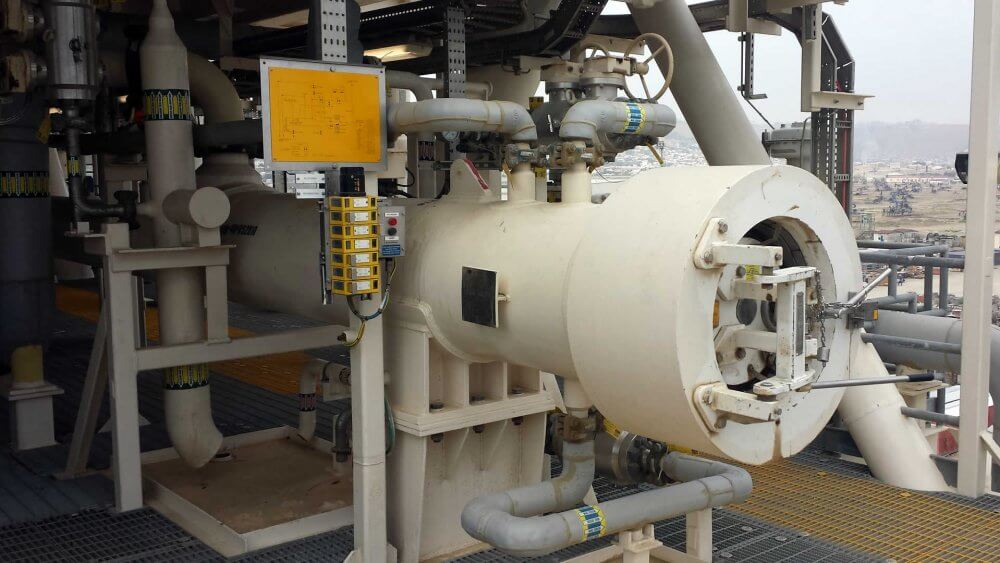Pigging systems are used to insert a pipeline inspection gauge (pig) into a live system transporting gas or liquid media, in order to perform various maintenance operations. As they involve such high pressure levels, pigging operations should follow a precise procedure to avoid disastrous outcomes.
Mechanical interlocks safeguard normal pigging procedure conditions
During a routine pigging procedure, certain safety conditions need to be met: the vessel pressure should be at a safe level and all dangerous gases and residue must be removed before opening the pig door. Mechanical interlocking guarantees that all required valve operations are performed as outlined, but they cannot prove that all dangerous gases have disappeared. To fully prevent accidents from happening, there must be a pigging procedure in place to address both the normal and unusual conditions on the ground.
Incorporate signals from other field devices
New sequence control products have been developed that address unusual conditions during a pigging procedure. These products combine digital technology with traditional interlocking. Sequence control products bring signals from other field devices, like pressure or H2S/CO2 sensors, into the interlocking sequence, and only release keys for mechanical interlocking if all conditions in the process have been met.
The highest level of process safety during a pigging procedure
In combination with mechanical valve interlocks, sequence control products offer the highest level of process safety by offering proof. For example, opening and closing a vent valve does not give real-time information that the vessel pressure has actually reached a safe level, while opening and closing a drain valve does not guarantee that all residue has been removed. By adding pressure signals to the interlocking sequence, interlock keys can only be released if the pressure in the pigging system has been equalised. Linked to valve interlock systems, sequence control products detect pressure build-up in the pig receiver and prevent access to the vessel closure door; the key to the vessel door will only be released when the pressure inside the vessel is acceptable and no dangerous gases or residue are detected. These products also provide electronic confirmation of sensors across the process; they reduce the need for operators to climb up and down ladders across the site to manually confirm all signals and so reduce the scope for operator error.


